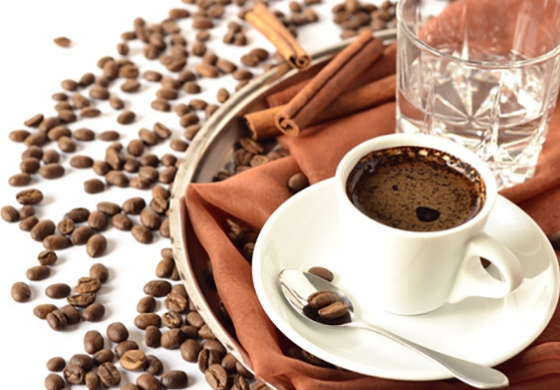Water and Coffee
Coffee is 99% water.

Water can dissolve a limited amount of substances in itself in a certain time.
How many coffee particles it can take depends on how saturated it is at first. Hard water already has a lot of impurities and it does not dissolve enough coffee particles. Too soft water, on the contrary, has few impurities and it dissolves a lot.
As a result, coffee turns out tasteless on hard water, excessively bright on soft water.
Specific and measurable characteristics are responsible for water quality, its softness and hardness: color, smell, mineralization, chlorine level and pH.
Color and smell - it is clear that quality water does not have any color or smell. This is the basic rule of clean drinking water.
Mineralization (TDS) is the total amount of minerals in water. For coffee, it is better to use water with mineralization from 75 to 175 mg / l according to the SCA standard. Tap water rarely falls into this range: more often it is either hard with mineralization of about 300 mg/l, or too soft - up to 50 mg/l.
We recommend water with mineralization of 100 mg/l.
Make sure that the level of calcium is 51-68 mg / l, and sodium - 10 mg / l.
Chlorine is added to water at treatment plants to get rid of infections in the water. But it smells unpleasant and strongly affects the taste. To prepare delicious coffee, the chlorine level in the water must be zero.
pH - balance between acidity and alkalinity. If the pH level decreases, the acidity of the water increases and the coffee turns out sour, if it increases, bitterness appears. Ideally, a pH level of 7, optimally between 6.5 and 8.

